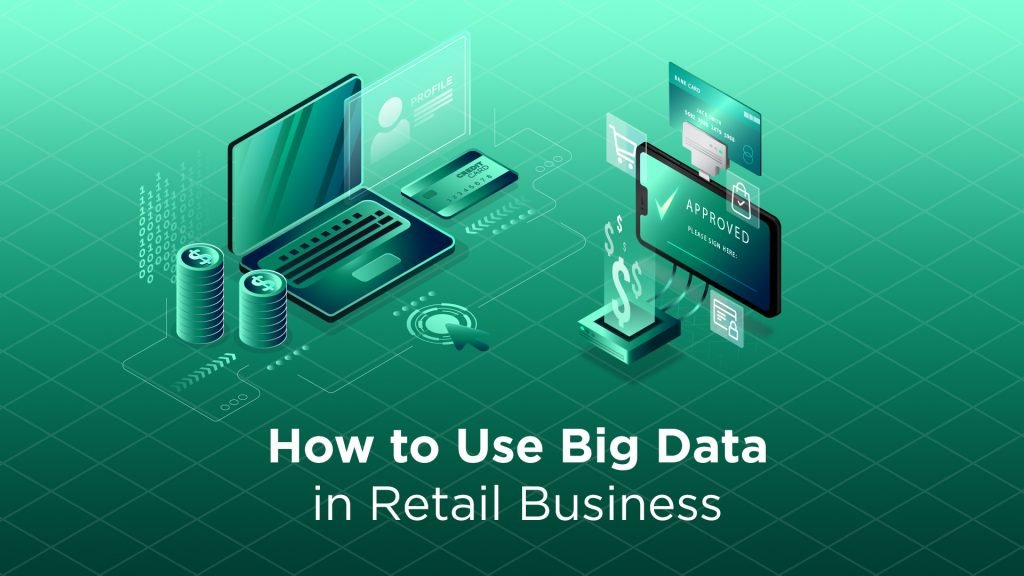Like in all successful business ventures, the field of banking is no exception. Big Data drives decisions. The successful use of such large-volume data-based applications already exists and is hugely popular too. Retail banks are big data-driven with nearly all its processes being already supported by such data to deliver business value to their customers.
Their advantages and competitive value is data fueled and depends on the insights provided by the most effective use of such data. It is surprising that in spite of having had access to such large databases for over a decade now, Retail Banking is yet to exploit the numerous benefits uses of big data in retail-banking can bring in.
A data analyst Retail Bankingintern or freshman makes a handsome payout package and the range of the salary depends on the skill-set, certification, and experience. The skills required can vary depending on the employer and industry. As they climb the ladder the promotions depend on continuous skill up-gradation, managerial and leadership skills. Hence, soft-skills and personality development are also important attributes.
Big Data transformation benefits:
With the move by customers to digital transactions many banks did invest substantial efforts in dedicated teams, advanced analytics, appointing data officers, and upgrading their infrastructure. The early adapters are the survivors and have evolved more competitive as new-age banks offering customer-need based services based on Big Data insights. There are many areas where banks are yet to ramp up their use of big data to reap benefits according to the Boston Consulting Group’s reports.
The three main abilities that are leading transformations are:
- Data: Multi-source multi-system huge volumes of data petabytes being available which include high definitions of detail and features.
- Models and ML: The models are now more insightful thanks to the evolution of better ML software which enables decisions and predictions that are data-driven.
- Software technology: The hardware-software clustering technique in software like Hadoop has proven to be big-data centric and allowing use of complex databases non-structured and structured in a cost-effective manner.
There are at least six areas in Retail Banking which focused and coordinated big-data programs can lead to substantial value for banks in the form of increased revenues and bigger profits.
IMPROVING CURRENT PRACTICES WITH POINT ANALYTICS: Applications of big data analytics for individual needs can be simple and yet powerful with the point analytics method.
TRANSFORMING CORE PROCESSES WITH PLATFORM ANALYTICS: Big data and point analytics can be used to improve customer risk assessment and for effectively tapping the marketing potential measures analyzed.
TRANSFORMING CORE PROCESSES WITH PLATFORM ANALYTICS: Big data applications can transform the collection process with step-by-step optimization to bring in a 40 percent savings in terms of writing off bad debts, with effective use of mining outdated customer information, their predispositions, and newer behavioral models.
BOOSTING IT PERFORMANCE: Big-data IT technologies should have need-based linear scaling to reduce costs. Data-intensive models, mining omnichannel customer experience, balancing data warehouse workloads and effective leveraging of data can help.
CREATING NEW REVENUE STREAMS:
A European bank used new architecture, hybrid data-warehousing combining banking tech and big-data by clustering the Hadoop commodity servers. Budget savings were 30 percent with all functionalities!
GETTING THE MOST FROM BIG DATA:
This involves these basic steps of infra and people management detailed below:
Assess the present situation: Banks needs to bring in newer innovative applications as a differentiator from the competition where all organizational levels collaborate to contribute to the use and needs-based model.
Be Agile: The agile requirements of communication, collaboration, and contribution across all processes will help big data transform them.
Critical capability cultivation: If not implemented the cultivation of critical capabilities can hinder the big data transformation of processes. Limiting the capability to the vision essentials is recommended in all domains of big data capabilities.
The three domains of Big data capabilities that Retail Banking should question itself about are:
- The usage of data
- The engine driving the data
- The ecosystem of the data
Retail banks should necessarily explore and act on these domains effectively by using smaller discrete programs to take their strategy to execution.
Conclusion:
BIG business for all banks comes from effectively exploring Big Data. Such large institutions who cash in early will stay ahead of the other banks by adapting technology into the very fabric of their banks for its many benefits.
The future holds great promise for development in the field of Retail Banking and to make a high-paid scope-filled career even without experience. Start your Big Data Analytics Course at Imarticus Learning and take advantage of their assured placements and certification. All the best with your career in big data and retail banking!
For more details, you can also contact us through the Live Chat Support system or can even visit one of our training centers based in - Mumbai, Thane, Pune, Chennai, Banglore, Hyderabad, Delhi, Gurgaon, and Ahmedabad.








